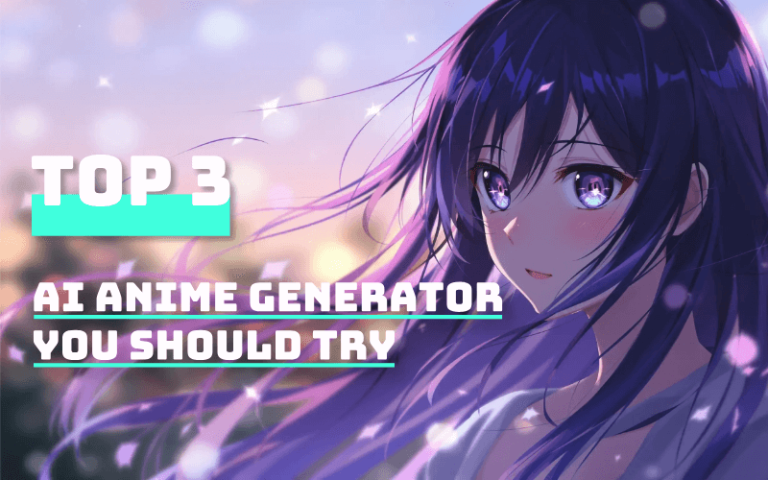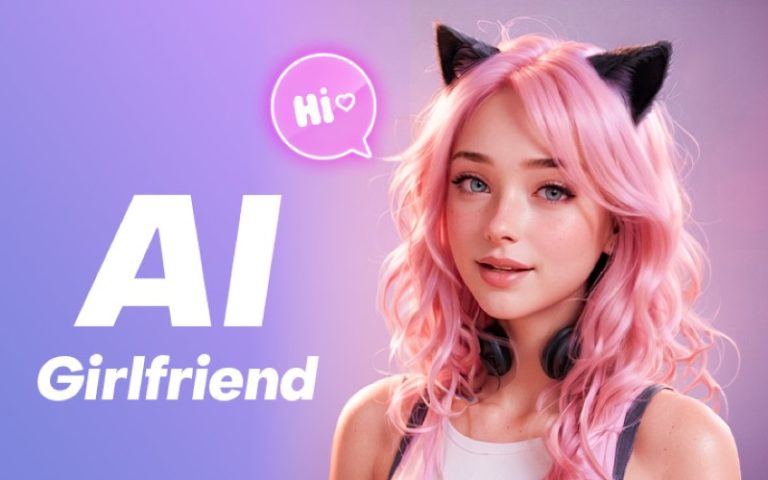Recently, OpenAI unexpectedly unveiled its groundbreaking video generation model, Sora, to the public. This event marked a significant milestone in the AI video domain, garnering unprecedented attention and swiftly impacting the industry. A month on, the discussions around Sora’s capabilities continue to reverberate, with the industry reaching a consensus on its potential. So with this article, we will discuss the questions about what makes Sora so revolutionary, whether it’s living up to the hype, and how to integrate Sora into practical projects to enhance productivity.
The article is divided into three main sections:
- An analysis of Sora’s technical capabilities and a comparative study with other AI video models.
- A discussion on how Sora can be implemented in real-world projects.
- Future prospects for Sora and the knowledge and actions we can prepare now.
If you’re already familiar with Sora’s advantages, feel free to skip to the second section.
Introduction to Sora
Sora’s technical documentation encapsulates its ambitious vision: “Our results suggest that scaling up video generation models is a promising path towards building a general physical world simulator.” While Sora’s ultimate goal transcends being a mere video generation tool, aiming instead to model the real world, we will focus on the capabilities of Sora as a tool and how it can be seamlessly integrated into our workflows to boost productivity.
Sora’s Advantages
Sora stands out from its competitors with three distinct features:
Feature 1: Sora can generate ultra-long videos up to 60 seconds with high quality and diverse formats.
A representative example showcases Sora’s ability to produce a 60-second high-definition video with a complete narrative. Sora also supports videos of any size and can adjust the composition to fit the video dimensions.
Feature 2: Sora possesses an exceptional semantic understanding capability.
Sora’s ability to generate a coherent three-dimensional space from text instructions demonstrates its precise understanding of textual nuances.
Feature 3: Sora embodies the characteristics of a world model.
Sora’s ambition extends beyond video generation; it aims to become a universal world model capable of simulating and accurately reproducing events in the physical environment.
Sora’s Current Limitations
Despite its capabilities, Sora has its limitations:
Limitation 1: Complex Physical Principles.
Sora struggles with understanding complex physical principles, as seen in examples where it fails to grasp the concept of a treadmill in motion.
Limitation 2: Complex Interactions.
Sora sometimes misinterprets complex interactions, such as a character blowing out candles that refuse to extinguish, indicating difficulty in handling multiple object interactions.
Limitation 3: Confusing Spatial Details.
Instances of Sora generating a new dog out of thin air during a run highlight its challenges with spatial consistency.
Limitation 4: Describing Events Over Time.
Official examples are lacking, but it’s noted that Sora has difficulty precisely describing events that unfold over time.
AI Video Model Competitor Analysis
We’ve compared Sora with several popular AI video models such as Runway, Pika and Stable Video Diffusion to assess its generation capabilities. Sora’s video output, when input with the same text instructions as competitors, demonstrates its leading position in the AI video field.
The Best AI Video Generators at a Glance
| Feature/Model | Sora | Runway | Pika | Stable Video Diffusion (SD) |
|---|---|---|---|---|
| Functionality |
|
|
|
|
| Model Characteristics | Strong in coherence, dynamic range, and multi-angle changes | Good dynamic range, but less precise text understanding | Good dynamic subtlety, limited dynamic range | Least stable, lacks camera position changes, resulting in a rigid image |
| Image Quality | Can meet most requirements | Best quality, capable of 4K | Good quality | Good quality, but may not match Runway’s 4K output |
| Video Duration | Can generate up to 60 seconds | Limited to a few seconds | Typically not more than 20 seconds | Capable of generating longer videos like Sora |
| Stability of Generation | High, with smooth transitions and fewer glitches | Moderate, may have occasional inconsistencies | Moderate, generally stable but with limited dynamic range | Low, the least stable among the four |
Implementing Sora in Practical Work
The integration of Sora into practical work environments holds the potential to revolutionize both commercial video projects and the creation of original intellectual property (IP) videos. Let’s delve deeper into how Sora can be applied in these contexts with illustrative examples.
Commercial Video Projects
Proposal Stage
Sora can be a game-changer during the proposal stage by rapidly generating video demos that align with client visions. For instance, if a client requests a “dynamic and youthful” promotional video, Sora can produce a variety of demo videos that encapsulate these qualities. This not only helps in swiftly aligning expectations with the client but also sparks creative discussions, leading to a more targeted and effective final product.
Planning Stage
In the planning phase, Sora’s capabilities can be leveraged to storyboard and pre-visualize scenes, saving significant time and resources that would otherwise be spent on manual storyboarding. For example, a commercial for a new sports drink might require high-energy scenes of athletes in action. Sora could generate a series of dynamic shots, from a sprinter’s perspective to a basketball player’s dunk, providing a visual blueprint for the production team.
Execution Stage
During the execution stage, Sora can offer cost-effective solutions by generating supplementary footage or complex scenes that are difficult, expensive, or time-consuming to capture on set. Imagine a commercial requiring a large crowd or a specific location that’s inaccessible. Sora could generate these elements seamlessly, reducing the need for on-location shoots or crowd hires.
Original IP Video Projects
Concept Development
For original IP, Sora can serve as a creative catalyst, allowing creators to explore and visualize complex narratives without the constraints of traditional production limitations. An animated series set in a fantastical world, for example, could benefit from Sora’s ability to generate intricate landscapes and character animations, providing a rich foundation for the storytelling process.
Visual Consistency
Maintaining visual consistency across an original video series can be challenging and costly. Sora can assist by generating videos that adhere to a specific aesthetic, ensuring that the visual language remains uniform throughout the series. This is particularly useful for indie creators with limited budgets who still aspire to produce high-quality, visually coherent content.
Post-Production Enhancement
In post-production, Sora can be used to enhance or modify existing footage, adding a layer of creativity and polish. For instance, a scene might require a dramatic weather change or a mythical creature that wasn’t part of the original footage. Sora could generate these elements, allowing editors to integrate them into the final cut seamlessly.
Future Outlook and Preparation for Sora
We anticipate Sora’s official release within six months and expect significant advancements in its capabilities. To prepare for Sora’s arrival, we suggest building a foundation in video generation, and these things are what we can begin to prepare now.
1. Acquiring Filmmaking Terminology
Familiarize yourself with professional terms related to filming, such as “long shot, medium shot, close-up,” and “pan, tilt, zoom, and track.” These terms refer to shot sizes and camera movements, respectively. Understanding different camera angles, like low-angle shots that evoke mystery or high-angle shots that convey power, is crucial. Mastering these terminologies will enable you to more effectively communicate your desired video effects when using Sora.
2. Enhancing Visual Imagination
Improve your ability to visualize specific scenes before they are created. This is essential for effectively communicating your ideas to Sora using storyboard language. To boost your visual imagination, watch and analyze films and series from platforms like Netflix or YouTube. Aim to watch with a purpose, and over time, you’ll develop a richer visual vocabulary.
3. Developing Storyboarding Skills
Cultivate the ability to describe visual scenes using written language. When AI image generation tools emerged, many were surprised by the outputs when used without specific goals. However, having a clear vision and accurately describing it brings the AI-generated results closer to your expectations. In the realm of video generation, mastering the skill of storyboarding brings you one step closer to creating the content you envision.
4. Formulating Prompt Formulas
As prompt words are a fundamental aspect of current AIGC (AI Generated Content) tools, identifying patterns and formulas for effective prompts is essential. By understanding how to structure your prompts, you can better utilize these tools to generate the desired outcomes.
5. Refining Prompt Accuracy
Given that AI models like ChatGPT, Midjourney, and the upcoming Sora have been trained extensively on English-language materials, precise English descriptions will yield the most accurate interactions. While translation tools can help, they may not always capture the nuances required for effective communication with these AI models. Enhancing your ability to describe scenes and concepts in English will significantly improve the quality of the AI-generated content.
In conclusion, Sora’s release has redefined the technical limits of AI-generated video, disrupting the global market and driving innovation across various industries. For individual designers, Sora represents a powerful creative tool that can enhance efficiency, quality, and expand the creative horizon. As we embrace Sora, we open doors to new possibilities and opportunities in our professional development.







